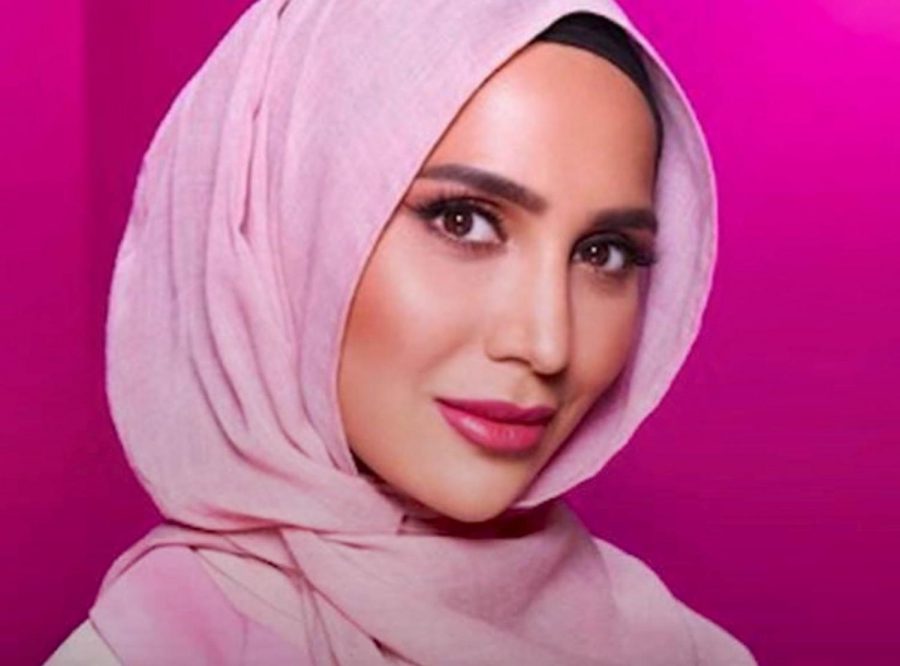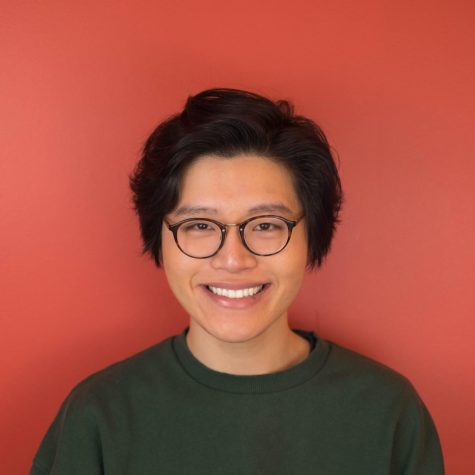Haircare For All — Hijabis Too
U.K.-based beauty blogger Amena Khan recently became the first hijab-wearing women to be given a major hair campaign. With the beauty industry’s apparent rise in inclusive ad campaigns, skeptics wonder if companies are truly concerned about increasing diversity or are just using it as a advertising tactic.
January 29, 2018
When imagining a typical shampoo advertisement on television, it’s almost impossible not to think about hair — glossy, flowing, bouncy hair, at that. These acts always depict a woman flipping her luscious locks and twirling around strands of hair to show off the shine. Shampoo advertisements have followed this repetitive recipe for decades, which has continually perpetuated the belief that longer hair is the ideal.
But L’Oreal, a hallmark brand for varied beauty price points, shook up the hair care advertorial scene with a recent announcement: hijab-wearing model and influencer, Amena Khan, was supposed to be featured in the company’s newest shampoo campaign, joining the ranks of white celebrities like Karlie Kloss and Winona Ryder. Khan has since decided to step away from the project due to controversial tweets that she wrote in 2014. Nonetheless, Khan’s original casting in this shampoo campaign is groundbreaking, as she was slated to become the first haircare model to not show her hair in an advertisement.
In an interview with Vogue, Khan expressed her thoughts on how hair holds significance for everyone, regardless of whether or not they choose to show their hair in public.
“You have to wonder — why is it presumed that women that don’t show their hair don’t look after it?” Khan asked in the interview. “The opposite of that would be that everyone that does show their hair only looks after it for the sake of showing it to others. And that mindset strips us of our autonomy and our sense of independence. Hair is a big part of self-care.”
With L’Oreal and other large brands in the beauty industry suddenly adopting an inclusive stance, it begs the question — is diversity the newest trend when it comes to beauty marketing tactics? Or rather, does this push towards mass inclusivity signal a positive step forward for the traditionally Western-centric industry?
“I think its necessary for brands to take the extra step to be more inclusive, especially when it comes to makeup — we definitely need more exposure for people of color,” Steinhardt sophomore Emily Lam said. “We see a lot of brands cheaply use ‘inclusivity,’ such as when brands have 50 shades of beige and two shades for darker skin tones. The more exposure we give to people of color, the more that other brands will take inclusivity seriously.”
LS sophomore Ericka Barroso echoed Lam’s stance.
“It doesn’t matter if inclusivity is being used a tactic as long as it helps the movement go forward,” Barroso said. “Even if inclusivity is only a marketing tactic to the beauty industry, it helps spread awareness and a positive attitude towards diversity that can impact others to genuinely make a change.”
While it still might be too soon to definitively decide whether or not inclusivity and diversity are being exploited by the beauty industry in the name of capitalism, this issue is certainly one to watch in the upcoming year. As our discussions of complex, social issues such as racism and gender politics continue to evolve and grow, there is certainly hope that the beauty industry will gradually come to reflect those changes as well.
A version of this article appeared in the Jan. 29 print edition. Email Thomas Chou at [email protected].
























































































































































